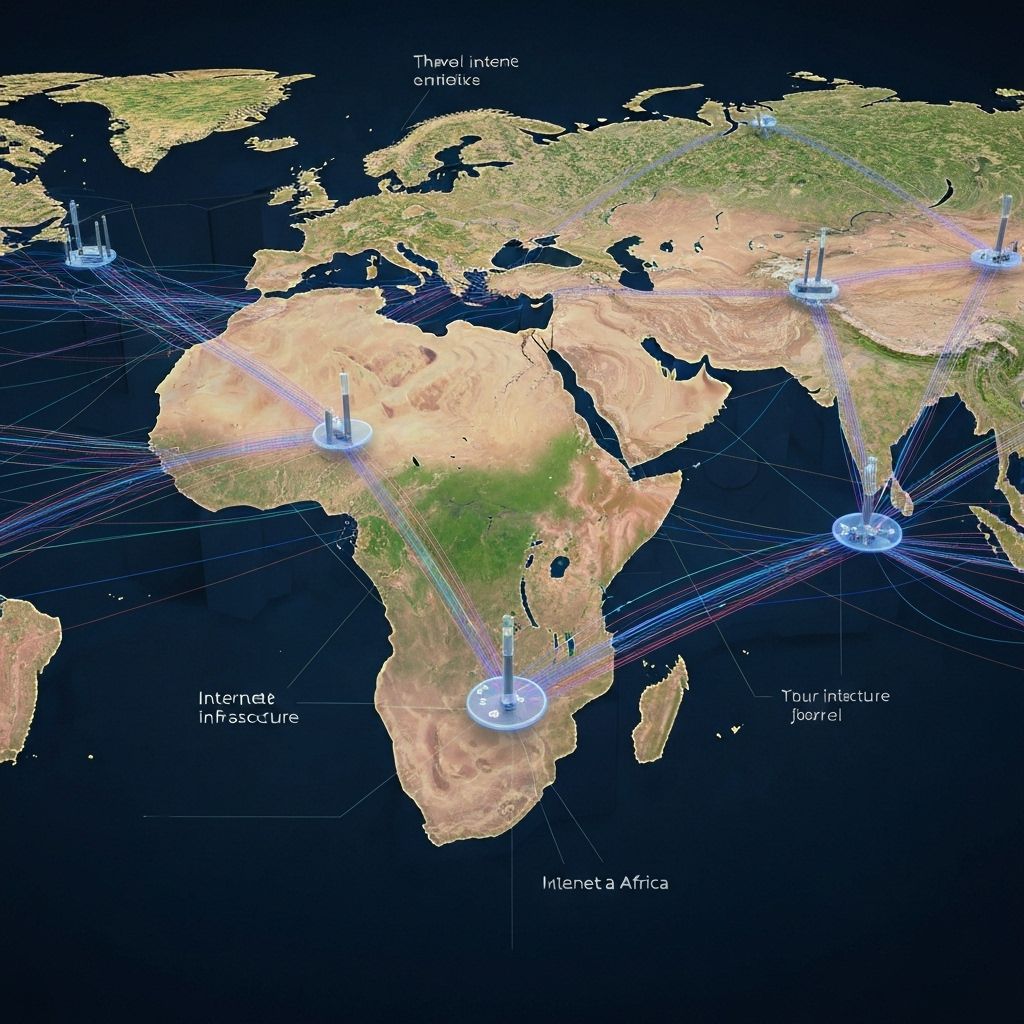The Internet in Africa is Just a Connection to Europe

Every time I start a new computer networks class, I tell my students the same thing: "The Internet in Africa is just a connection to Europe." I tell them if you could dig a hole from here in Uganda, lay a cable, and connect it to a computer or a phone in London, you would never have to pay for the internet again.
Of course, it's a simplification. But it's a useful one. It cuts through the jargon and reveals a fundamental truth about our digital infrastructure. Right now, for an email to go from Kampala to Nairobi, it often has to travel thousands of kilometers to Europe and back again. This isn't just inefficient; it's a form of digital bloat that holds us back. It's like having to drive across the continent just to visit your neighbor. It works, but it's slow, expensive, and completely unnecessary.
This is the legacy of how our internet was built—as spokes on a wheel, with the hub always somewhere else. But the future doesn't have to look like the past.
What if we changed the narrative? What if, when I teach my students, I could say, "The internet is a connection to Kenya, to Tanzania, to the DRC, to South Sudan"? What if our primary links were with each other?
This isn't a dream. It's a practical engineering challenge, and it's one we can solve. It means building more Internet Exchange Points (IXPs) right here. It means laying more terrestrial fiber across our borders. It means convincing our local providers that peering with a network in Kinshasa is just as valuable—if not more so—than peering with one in Paris. It means creating a robust, resilient, and truly African network.
A network where data created in Africa, for Africans, stays in Africa. A network that is simple, efficient, and reliable.